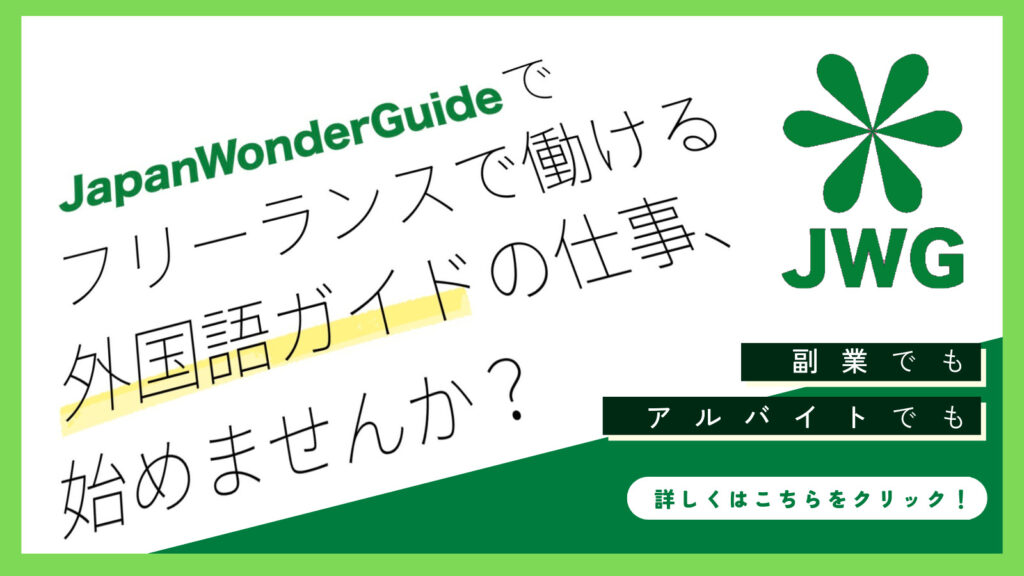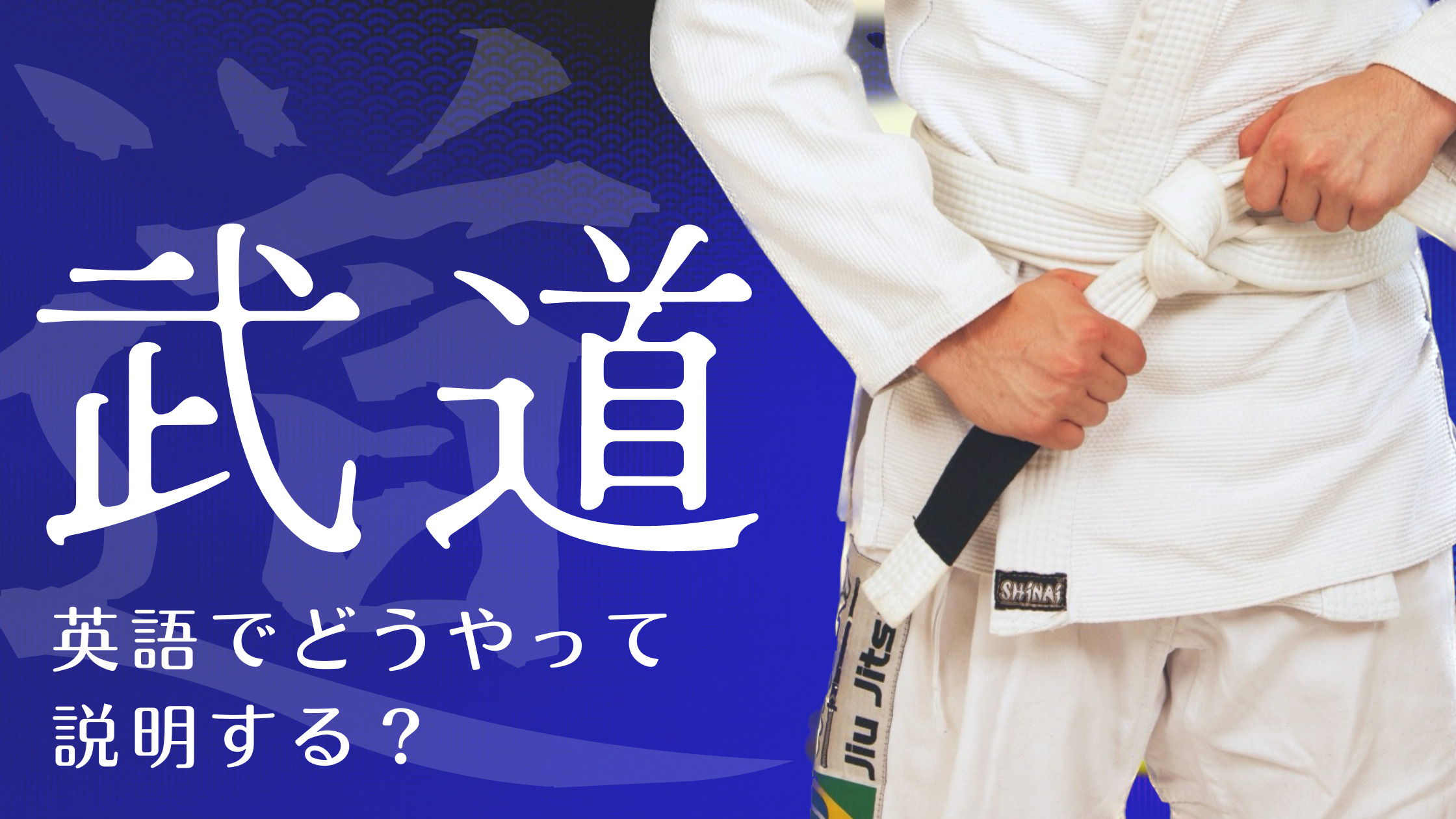日本に興味を持つ外国人の中には、日本ならではの武芸に興味を持つ方もいます。
そこで今回は、「武芸」は英語で何と言うのか、7つの武芸を英語で説明する際の表現についてまとめました。

【この記事を書いているのは…】
凡人
Webライター/ブロガー 高校時代の海外旅行がきっかけで英語に興味を持つ。大学時代には10ヵ国を旅し、TOEIC870点を取得。6年間の英語講師経験あり。現在は英語特化型のWebライターとして活動中。自身でもWebメディア「#オンライン英会話のある生活」(https://bonjinblog.com/)の運営を行っている。
Twitter:https://twitter.com/bonjineikaiwa
「武芸」は英語で何と言う?
まず武道は英語で“martial way”と言い、武芸は英語で“Japanese martial arts”と言います。
「柔道」を英語で説明しよう
柔道を英語で説明する際に使える英文をまとめました。
Judo is probably one of the most famous Japanese martial arts worldwide and has seen massive success in expanding overseas.
柔道は、おそらく世界で最も有名な日本の武道の 1 つであり、海外への展開で大きな成功を収めています。
It was officially chosen as an Olympic sport along with Karate and sees athletes ranging from children to the elderly.
空手と並んでオリンピック種目に正式に選ばれ、子供からお年寄りまで幅広く活躍しています。
The history of Judo dates back to 1882 when the founder, Kano Jigoro, established a new form of physical practice and self-defense techniques based on using the opponent’s momentum against themselves. Modern Judo techniques combine traditional Japanese Jiujutsu as well, which was originally used as an effective form of unarmed combat by Samurai.
柔道の歴史は、1882年に創始者である嘉納治五郎が、相手の勢いを利用した新しい身体訓練と護身術を確立したことにさかのぼります。現代の柔道は、元々は侍の非武装戦闘の有効な形態として使われていた日本の伝統的な柔術と融合しています。
「空手」を英語で説明しよう
空手を英語で説明する際に使える英文をまとめました。
Although Karate is thought of as a traditional Japanese martial art, it actually originated in Okinawa back in the 14th century when Okinawa was still an independent kingdom.
空手は日本の伝統的な武術のように思われていますが、実は14世紀、沖縄がまだ独立国だったころに生まれました。
The translation of Karate in English is “empty hand” which refers to the unique fighting and defensive techniques that allow you to protect yourself without using weapons.
英語での空手の翻訳は「空の手」であり、武器を使用せずに身を守ることができる独自の戦闘および防御技術を指します。
「合気道」を英語で説明しよう
合気道を英語で説明する際に使える英文をまとめました。
Aikido is another form of Japanese martial art and was founded by Morihei Ueshiba in the early 20th century.
合気道は日本の武術の一種で、20世紀初頭に植芝盛平によって創設されました。
The training of Aikido particularly puts emphasis on self-defense techniques and mental development rather than physical offensive attacks.
合気道の稽古は、身体的な攻撃よりも護身術や精神の発達に重点を置いています。
Traditional Aikido techniques are based on distinct circle movements which redirect the force of the attacker back toward them without using your own power.
伝統的な合気道の技は、自分の力を使わずに相手の力を自分の方に戻す、はっきりとした円の動きを基本としています。
Therefore, it doesn’t require any strong physical abilities and can be enjoyed by anyone regardless of age or gender. Learning Aikido helps people not only learn defensive techniques but also build self-confidence in themselves.
そのため、強い身体能力を必要とせず、年齢や性別に関係なく、誰でも楽しむことができます。合気道を学ぶことは、防御技術を身につけるだけでなく、自分自身に自信を持つことにもつながります。
「剣道」を英語で説明しよう
剣道を英語で説明する際に使える英文をまとめました。
Kendo is a modern Japanese martial art that uses bamboo swords and protective armor.
剣道は、竹刀と防具を使用する日本の現代武術です。
Techniques of Kendo are based on the traditional swordsmanship called “Kenjutsu”, which was used by Samurai warriors back in the 13th – 14th century.
剣道の技は、13世紀から14世紀にかけて武士が使っていた伝統的な剣術がベースになっています。
In Kendo matches, competitors need to strike precisely the specific parts of the body of their opponents and get the points needed to win.
剣道の試合では、相手の体の特定の部分を正確に打ち、勝つために必要なポイントを獲得する必要があります。
Learning Kendo teaches you not only how to defeat the opponent, but also how to build a strong body and mind by practicing the traditional way of the sword.
剣道を学ぶことは、相手を倒すだけでなく、伝統的な剣の道を実践することで、強い身体と心を作ることを学ぶことができるのです。
「弓道」を英語で説明しよう
弓道を英語で説明する際に使える英文をまとめました。
Kyudo is a traditional form of Japanese archery which literally means “the way of the bow”.
弓道は日本の弓術の伝統的な形式であり、文字通り「弓の道」を意味します。
During the 12th century, a turning point occurred and more sophisticated and elaborate shooting skills and techniques were developed by Samurai warriors as a means of training and self-discipline.
These techniques were also often employed in battles.
12世紀になると、武士は訓練と自己鍛錬のために、より高度で精巧な射撃技術を身につけるようになりました。
これらの技術はまた、しばしば戦いで使用されました。
Today, Kyudo is taught in some schools as a club activity in Japan and has been gaining a rise in popularity around the world as a competitive sport.
現在、弓道は日本では部活動として一部の学校で教えられており、また、競技スポーツとして世界的に人気が高まっている。
「居合道」を英語で説明しよう
居合道を英語で説明する際に使える英文をまとめました。
Iaido is a Japanese martial art that focuses on the carefully controlled movements of drawing one’s blade.
居合道は、刃を引く動きに焦点を当てた日本の武道です。
The origin of Iaido can be found back in the mid-16th century when traditional sword techniques were developed by Samurai warriors in Yamagata Prefecture.
居合道の起源は、16世紀半ばに山形県で武士によって開発された伝統的な剣術にあります。
Training in Iaido typically starts with learning forms called “Kata”, which helps you smoothly respond to sudden attacks by quickly drawing a sword. Iaido techniques may not sound practical in the present day, but they also teach us the way to train our body and mind through applying traditional sword skills to our daily lives which have been preserved for centuries.
居合道の稽古は、一般的に「型」と呼ばれる形を学ぶことから始まり、突然の攻撃にも素早く刀を抜いてスムーズに対応できるようになります。居合道の技術は、現代では実用的とは言えないかもしれませんが、何世紀にもわたって守られてきた伝統的な剣の技術を日常生活に応用することで、心身を鍛える方法を教えてくれるものでもあるのです。
「相撲」を英語で説明しよう
相撲を英語で説明する際に使える英文をまとめました。
Sumo is a form of traditional Japanese wrestling which has been adored as Japan’s national sport for centuries.
相撲は、何世紀にもわたって日本の国技として愛されてきた伝統的な日本のレスリングの一形態です。
It is widely known as the oldest sport in Japan which has been played since ancient times as it was originally performed to entertain the gods of harvest at Shinto ritual festivals some 1,500 years ago.
日本最古のスポーツとして広く知られており、約1500年前の神事で豊穣の神をもてなすために行われたのが始まりとされています。
Since then, Sumo has transformed throughout the ages and it was during the Edo period (1603-1868) when Sumo finally became a popular sport among the common people. Modern rules of Sumo were also established during the time and have hardly changed even today.
その後、相撲は時代とともに変貌を遂げ、江戸時代になってようやく庶民のスポーツとして定着しました。相撲の近代的なルールもこの時代に確立され、現在でもほとんど変わっていません。
▽以下の記事でさらに詳しく説明しています!
まとめ
「武芸」は英語で何と言うのか、7つの武芸を英語で説明する際の表現についてまとめました。
外国人に武芸について英語で説明する際は、今回紹介した表現を使ってみてください。
英語を活かして外国人ゲストをおもてなし!

- 日本の魅力を外国人に紹介したい
- 英語や語学を活かした仕事がしたい
- 人を喜ばせることが好き
そんな方にぴったりな仕事が通訳案内士やツアーガイドのお仕事です。
通訳案内士(ツアーガイド)は、一緒に街を歩いて、地域の歴史や文化をお話しながら、外国人ゲスト一人一人の旅が素敵なものになるようお手伝いします。
ガイドの印象によって、日本の印象が決まると言っても過言ではありません。
人を楽しませることが好きで、日本の魅力を世界に伝えたい!という情熱をお持ちの方は、ツアーガイドを目指しませんか?

JapanWonderGuide(JWG)は「日本のガイドの質を世界一に」をスローガンに掲げるガイドコミュニティです。
2020年から活動を開始し、全国通訳案内士等を中心に、現在は、3,800名を超えるコミュニティとなっております。
JWGの有料会員(Knottist, ノッティスト)にご登録いただくと、月額1,000円(税込1,100円)で、
ガイディングやビジネスに活きる知識・スキルが身につく研修動画、E-Learningが見放題!有料コンテンツを無料でご視聴いただけます。
そのほか、人気観光施設の最新情報や裏話をお届けするJWG Live!の見逃し配信、各研修の割引などをご利用いただけます。
さらに、有料、無料会員ともに研修やイベント情報など、ガイドに役立つ内容がたっぷり詰まったメルマガを月に2回お届けします。
また、ガイド仲間を見つけ、交流できるFacebookグループにもご招待!情報交換の場としてお使いください。
【JWG会員でできること】
| Knottist Free | Knottist | Knottist+ | |
| 料金 | 無料 | 月額1,000円 (税込1,100円) | 年間14,000円※ (税込15,400円) |
| 期間 | 無期限 | 毎月自動更新 | 2026年8月31日まで |
| ①メンバー限定Facebookグループご招待 | ○ | ○ | ○ |
| ②メンバー向けメルマガ受信 | ○ | ○ | ○ |
| ③JWG Live!見逃し配信 | △ | ○ | ○ |
| ④JWG主催研修割引 | – | ○ | ○ |
| ⑤JWG交流会へご招待 | 有料 | 無料 | 無料 |
| ⑥通訳案内研修 | – (3,500円) | 無料 | 無料 |
| ⑦JWG動画配信 | 有料 | 無料 | 無料 |
| ⑧通訳ガイド保険 | – | – | ○ |
※Knottist+の会費は加入月によって変動します
JWGでは、ガイドのスキルアップを目指す方や、ガイドに挑戦したい新人ガイドさん、
ガイドに興味のある方を全力サポートいたします!
「学校の合間に」「週末だけ」
JapanWonderGuideと一緒に、「ツアーガイド」の世界の扉を開きませんか?







